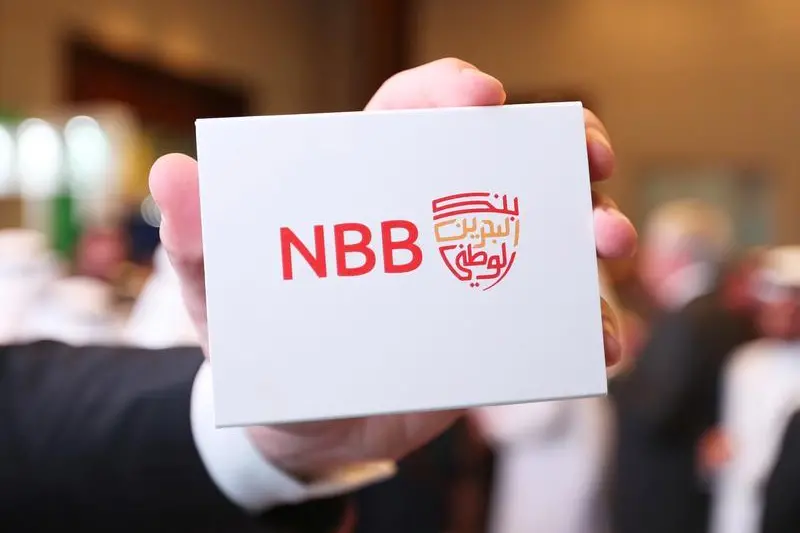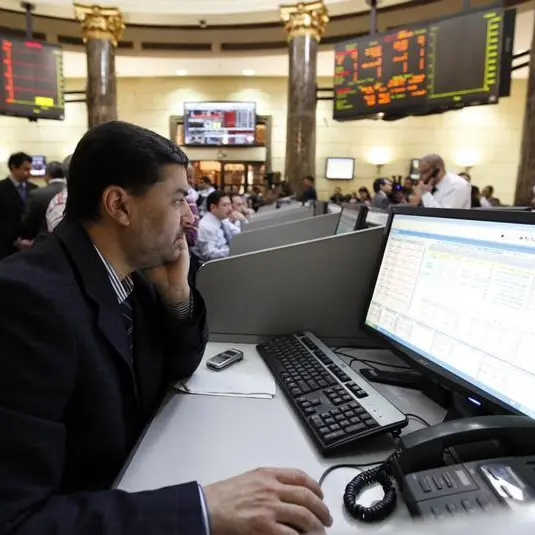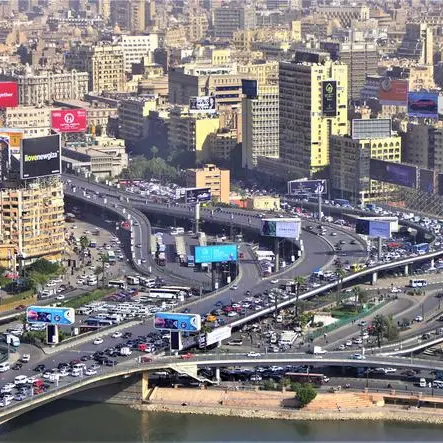PHOTO
MANAMA: Bahrain’s economic growth in the near term will be shaped by the conflicting forces of fiscal consolidation under the Fiscal Balance Programme (FBP) and infrastructure investment, according to a government assessment.
The Finance and National Economy Ministry’s Bahrain Economic Quarterly report for the first quarter of this year says substantial infrastructure investments will continue to drive GDP growth.
In particular, the hydrocarbons sector is seeing the implementation of an unprecedented investment pipeline of projects, led by the Bapco Modernisation Programme, the largest single infrastructure project in Bahrain’s history.
Work is also progressing on the development of the new offshore oil and deep gas reserves.
In the manufacturing sector, Alba Line 6 is now active and will be scaling up to full capacity towards the middle of 2019.
This will boost the sector’s growth and national exports.
On the other hand, the oil sector is expected to remain static during 2019.
Significant activity is underway on several major strategic projects which are not due to be completed in the year.
The value of these projects is currently driving growth in the construction sector and it is expected to contribute to oil sector growth once they are completed.
The government continues to make strides in diversifying the structure of the national economy.
Based on the 2018 preliminary data, the largest individual sector was still the oil sector which accounted for 17.8pc of the kingdom’s real GDP.
Financial services continued to be the largest non-oil sector contributing 16.5pc to the total GDP.
The manufacturing sector stood at 14.5pc followed by government services at 13.2pc, reflecting brisk growth in recent years.
The construction sector accounted for 7.3pc of the GDP.
Bahrain has seen transformative changes in the structure of its economy since the turn of the millennium.
The real GDP share of the oil sector has fallen from 43.6pc in 2000 to 22.7pc in 2008 and 17.8pc in 2018.
On the other hand, the financial services sector increased its weight from 13.6pc in 2000 to 17.6pc in 2008 and 16.5pc in 2018.
The share of manufacturing has risen from 12.4pc in 2000 to 14.3pc in 2008 and 14.5pc in 2018.
Meanwhile, a review of last year’s economic performance found that the upward growth trajectory continued, although the pace was slower when compared with previous years.
The report says the country’s real (inflation adjusted) gross domestic product (GDP) growth last year is estimated at 1.8 per cent.
This is an unusually low figure by recent standards, asserts the ministry, attributing it partly to a 1.3pc contraction in the oil sector which saw a 1.6pc drop in total crude oil production compared with 2017.
The non-oil sector performed better, growing at an annual rate of 2.5pc, down from 4.9pc a year earlier.
Headline growth rate was likely affected by uncertainties around fiscal consolidation before the unveiling of the government’s Fiscal Balance Programme in October 2018 and the timing of large infrastructure projects, the vast majority of which are in the initial stage and are expected to play a significant factor in driving higher growth in the short and medium term.
avinash@gdn.com.bh
© Copyright 2019 www.gdnonline.com
Copyright 2019 Al Hilal Publishing and Marketing Group Provided by SyndiGate Media Inc. (Syndigate.info).












